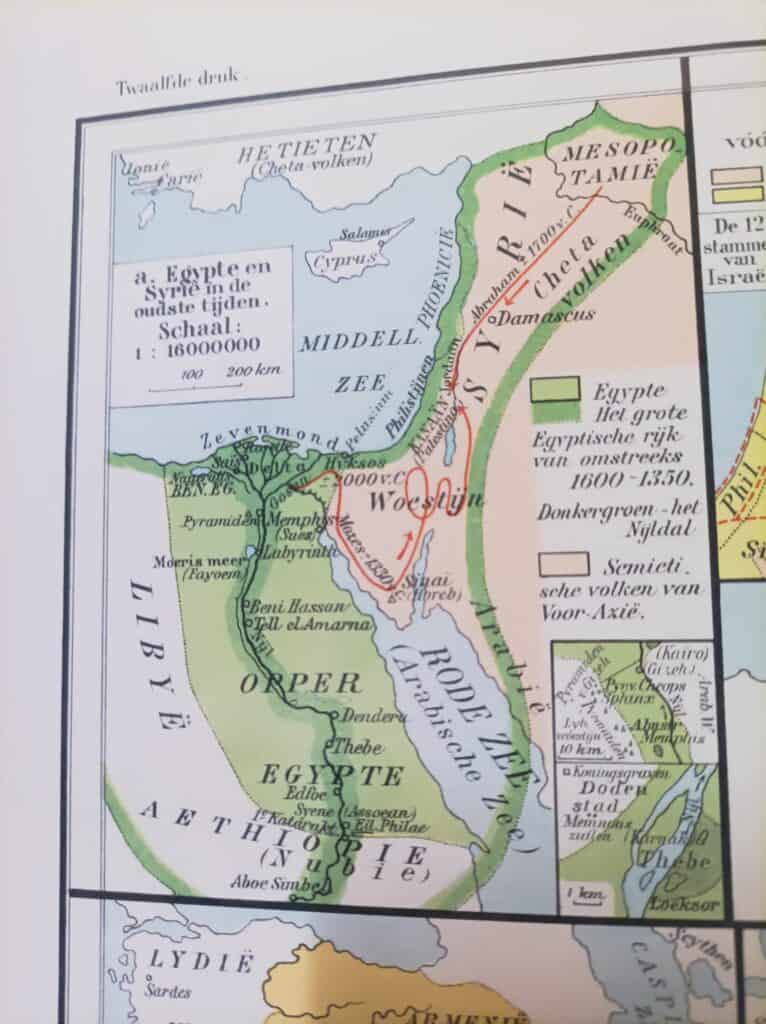Table of Contents
The Nile River does not have seven separate rivers leading into the Mediterranean Sea. Instead, the Nile has a single main channel that flows northward into the Mediterranean Sea, where it forms a large delta. This delta is crisscrossed by several distributaries and smaller channels, but they are all part of the same river system, not separate rivers.
Historically, the Nile Delta indeed had seven main distributaries that carried the river’s waters into the Mediterranean Sea. This configuration is often cited in historical texts and accounts, emphasizing the delta’s complexity and its significance to ancient Egyptian civilization. Here’s a closer look at the historical context and details of these distributaries:
Historical Distributaries of the Nile Delta
- Pelusiac (Easternmost)
- Tanitic
- Mendesian
- Bucolic (Phatnitic)
- Sebennytic
- Bolbitinic
- Canopic (Westernmost)
These names are derived from the ancient cities or regions near where the branches flowed. Over time, natural shifts in the river’s flow, siltation, and human activities, such as dam construction and canal digging, have altered the course and number of these branches.
The concept of “seven rivers” might be rooted in ancient descriptions or the historical structure of the Nile Delta, but it is not accurate to say there are seven distinct rivers leading into the Mediterranean today. The Nile remains a single river system with a delta that splits into multiple distributaries before reaching the sea.

These texts and sources include works by classical authors such as Herodotus, Strabo, and Pliny the Elder, who provide descriptions of the Nile Delta’s extensive network of waterways.
Greek and Roman writers
Here are citations from Greek and Roman writers who referenced the Nile Delta and its distributaries:
Herodotus
Herodotus, known as the “Father of History,” wrote about the Nile and its branches in his work, Histories (Book II). He described the Nile Delta’s formation and its division into multiple branches, mentioning that there were seven main channels:
“The Nile, in its course through Egypt, parts into three branches, and the Delta, as it is called, is the triangular piece of land enclosed between them. Of these branches, two only are natural; the third is artificial.”
Histories 2.17
Herodotus further details the agricultural significance of these branches, emphasizing how they supported the civilization.
Strabo
Strabo, a Greek geographer, provided an extensive description of Egypt, including the Nile Delta, in his work, Geographica (Book XVII). He mentioned the delta’s branching structure:
“The Nile, as it enters Egypt, divides itself into several streams, and forms the Delta, the streams are seven in number.”
Geographica 17.1.20
Strabo’s account highlights the geographical and economic importance of the delta’s distributaries in ancient times.
Pliny the Elder
Pliny the Elder, in his Natural History (Book V), also mentioned the Nile’s distributaries, providing a Roman perspective on the geography of Egypt:
“The river Nile, after flowing through the length of Egypt, divides into seven different channels, which form the Delta.”
Natural History 5.11
Pliny’s work is an encyclopedic compilation of knowledge from his time, and his references to the Nile Delta underline the classical understanding of the region’s geography.
References
These classical sources provide valuable insights into the historical perception of the Nile Delta and its distributaries. For more detailed reading, you can access their works through various classical literature collections and academic publications:
- Herodotus’ Histories: Available at Perseus Digital Library
- Strabo’s Geographica: Available at Perseus Digital Library
- Pliny the Elder’s Natural History: Available at LacusCurtius
These resources provide access to the original texts and translations, offering deeper insights into the historical accounts of the Nile Delta.
Egyptian Sources
Edfu Texts
The Edfu Texts, found in the Temple of Edfu, mention the Nile’s seven mouths. These inscriptions provide valuable insights into the religious and agricultural significance of the Nile Delta:
“The Nile divides into seven mouths, enriching the land with its waters, bringing prosperity to the fields and life to the people.”
These texts highlight the vital role of the Nile’s branches in sustaining Egyptian civilization.
The Shabaka Stone
The Shabaka Stone, a significant artifact from the 25th Dynasty, includes references to the division of the Nile. It emphasizes the divine and practical importance of the river’s branches:
“The river, with its sevenfold flow, nurtures the land and its people, bestowed by the gods to ensure abundance and fertility.”
Hieroglyphic and Demotic Papyri
Various papyri from different periods also reference the Nile Delta and its branches. For example, administrative documents from the Ptolemaic period often mention the irrigation systems and the division of the Nile:
“In the time of King Ptolemy, the canals and branches of the Nile are maintained to ensure that the fields receive water, thus guaranteeing the prosperity of Egypt.”
Notable Sources for Further Reading
- “The Geography of Egypt” by J.H. Breasted – This work provides translations and analyses of ancient Egyptian geographical texts.
- “The Edfu Project” – A comprehensive study of the Edfu inscriptions, detailing the religious and practical significance of the Nile’s branches. Available at Edfu Project.
- “The Shabaka Stone” – Translations and Studies – Available at academic libraries and collections, this text provides detailed insights into the religious texts inscribed on the stone.
- “Hieratic Papyri in the British Museum” – This collection includes various administrative documents from the Ptolemaic period that reference the Nile Delta.
Modern Studies and Documentation
Recent studies and archaeological surveys have reconstructed the historical geography of the Nile Delta, confirming the presence of seven main branches. These branches were crucial for irrigation and agriculture, shaping the economic and social landscape of ancient Egypt. The Durham University Expedition to Saïs and other geoarchaeological studies have provided insights into how these branches evolved and were managed over centuries.
For more detailed information, you can refer to:
These sources offer comprehensive analyses and descriptions of the Nile Delta’s historical distributaries, supported by both ancient texts and modern research findings.
